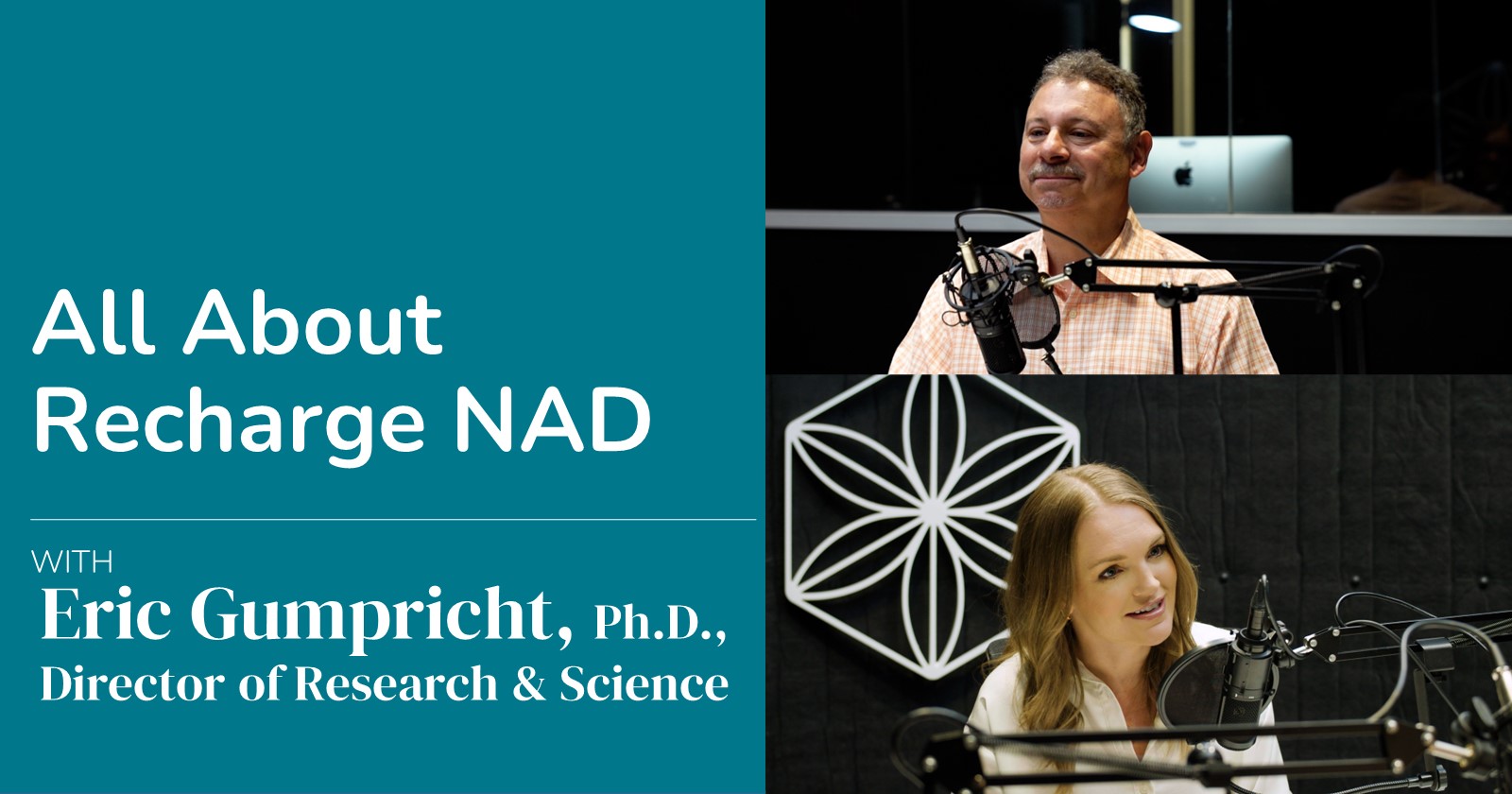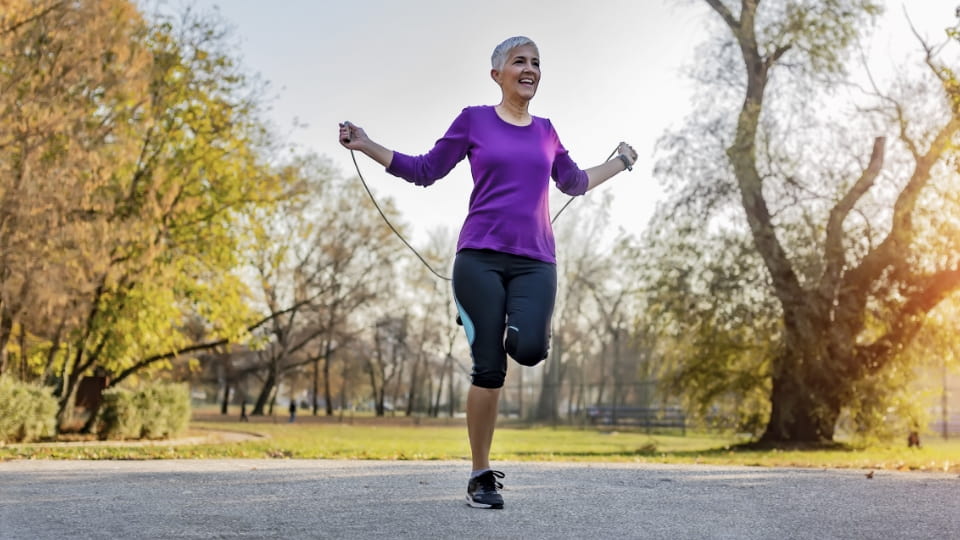According to recent research from Japanese investigators, there is a positive association between aerobic fitness and cognitive function in older folks, making a great case for exercise as part of your healthy aging plan (1).
A Growing Field of Research
A growing number of studies have reported that high aerobic fitness is beneficial for maintaining brain function in older adults (2 – 4). In fact, some of the more rigorous studies that involve viewing the activity of the brain through neuroimaging have examined the mechanism that links fitness levels and cognition. So far, these studies have shown that higher-fitness older adults can activate brain regions involved in task performance just as efficiently and flexibly as young adults (1).
One way that aerobic fitness and cognitive function might be related has to do with patterns of activity in different parts of the brain. For example, with aging, some brain activation patterns tend to be reduced in an area of the brain called the prefrontal cortex (5). This is the part of the brain where complex thoughts and decision making take place. Researchers wanted to see if a higher level of aerobic fitness could improve activation in the prefrontal cortex to help halt the age-related decline in thought processing and decision making.
The Study
Sixty men aged 64 to 75 years participated in this study that was recently published in Neuroscience, a scientific journal. The subjects visited the laboratory three times where they were first familiarized with the procedure, then performed an exercise test to determine their level of aerobic fitness, and finally performed a neurological test. During the neurological test, prefrontal cortex activity was monitored using a special imaging system. The results showed that subjects with a higher fitness level had both faster activation times and were able to activate the prefrontal cortex in a pattern similar to a young adult. The authors concluded that “fitness is related to youth-like, lateralized activity, which is further associated with higher cognitive function (1).” The participants with higher levels of aerobic fitness had a more youthful pattern of brain activity, compared to their less fit peers.
Why Aerobic Exercise Might Be the Ticket
While we don’t know the exact reason aerobic fitness benefits the brain, there is speculation that it has to do with how healthy one part of your brain is as you age. The brain has two main parts: white matter and grey matter. White matter actively affects how the brain learns and functions, while grey matter is primarily associated with processing and cognition (6). White matter basically acts as a relay and coordinates communication between different regions in the brain (6).
Higher aerobic fitness could be associated with white matter health in older adults since research has revealed that higher-fitness older adults have better white matter integrity in several regions of the brain than those who are less fit (7). This may have to do with oxygen levels and blood vessel health in the brain (8). Given these studies, it is possible that the higher-fitness older adults in this recent study were able to maintain their white matter integrity, which may have led to more activation and increased cognitive function.
The takeaway here is that exercise is not only great for your brain, but also that it doesn’t have to be extremely intense. Including some aerobic exercise like a bike ride, a hike, or even a brisk walk is going to go a long way toward supporting aerobic fitness and brain health. We suggest structured exercise that is consistent throughout the week. For someone interested in healthy aging, three to four 30-minute sessions of cardio-based exercise and two to three circuited resistance training sessions are optimal. Keep both your mind and your body healthy and don’t neglect either one. They are integrally connected!
References
- Hyodo K, Dan I, Kyutoku Y, Suwabe K, Byun K, Ochi G, Kato M & Soya H. The association between aerobic fitness and cognitive function in older men mediated by frontal lateralization. Neuroimage. 2016 Jan 15; 125:291-300.
- Hillman CH, Erickson KI & Kramer AF. Be smart, exercise your heart: exercise effects on brain and cognition. Nat Rev Neurosci. 2008 Jan; 9(1):58-65.
- Shay KA & Roth DL. Association between aerobic fitness and visuospatial performance in healthy older adults. Psychol Aging. 1992 Mar; 7(1):15-24.
- van Boxtel MP, Paas FG, Houx PJ, Adam JJ, Teeken JC & Jolles J. Aerobic capacity and cognitive performance in a cross-sectional aging study. Med Sci Sports Exerc. 1997 Oct; 29(10):1357-65.
- Cabeza R. Hemispheric asymmetry reduction in older adults: the HAROLD model. Psychol Aging. 2002 Mar;17(1):85-100.
- Wandell BA. Clarifying Human White Matter. Annu Rev Neurosci. 2016 Apr 1. [Epub ahead of print]
- Marks BL, Madden DJ, Bucur B, Provenzale JM, White LE, Cabeza R & Huettel SA. Role of aerobic fitness and aging on cerebral white matter integrity. Ann N Y Acad Sci. 2007 Feb; 1097:171-4.
- Johnson NF, Kim C, Clasey JL, Bailey A & Gold BT. Cardiorespiratory fitness is positively correlated with cerebral white matter integrity in healthy seniors. Neuroimage. 2012 Jan 16; 59(2):1514-23.





